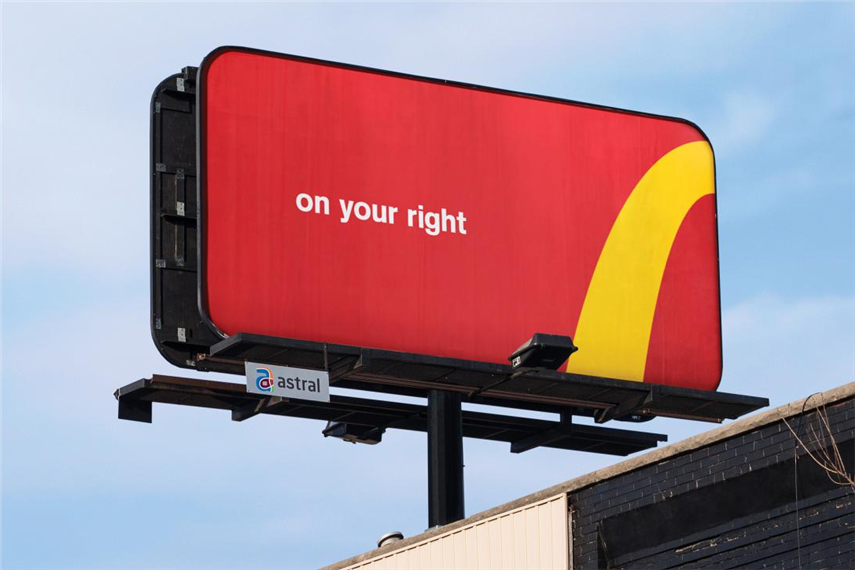
Outdoor advertising is saving social media
In the 10 years since the iPhone was launched, gum sales globally dropped 15%, according to Euromonitor. Why? Because chewing gum is merchandised along the queue line at pharmacies and convenience stores, and when people are waiting for something, they’re usually on their phones.
Chewing gum became invisible, and as any shopper marketer will tell you, invisible is unsold.
Just another nail in the coffin of bricks and mortar retail, hammered in by vindictive millennials who prefer to spend time shopping and socializing on their devices. Another chapter in the war between the online and offline worlds.
Not really. As the same shopper marketer will probably also tell you, omni-channel is the only channel. Few of us in developed markets live or shop singularly in either online or offline channels. They are complimentary in the store. And they’re complimentary on the street.
In fact, they’re downright cosy. Outdoor media and social media have officially hooked up. Outside, if not at the checkout line, people are looking up—and sharing what they see on social media. It’s heartening to see that originality and creativity can disrupt persistent digital stupors. So much so that in 2018, outdoor was the only ‘traditional’ advertising media seeing growth. Four out of the 10 largest spenders on billboards are tech companies (Apple, Google, Amazon and Netflix). DOOH allows us to customize content and track data. This isn’t a regional trend either—it’s global. The USA is the world’s biggest outdoor market, but Japan and China come in second and third. In Jakarta, drivers waste an average of 184 hours a year in traffic, which sounds like a lot of billboard eyeball time to me. People keep blathering about the magic union of creativity and data. Well, this is it.
It’s heartening to see that originality and creativity can disrupt persistent digital stupors. The fabulous work by Cossette built equity and engagement for McDonalds in a simple series of highway billboards that playfully adapted the brand’s iconography to provide directional wayfinding for hungry motorists. In April 2018, Spotify’s David Bowie-themed subway takeover reached ’50 million more people’ through social channels. The Economist has been doing it since before iPhones were invented. A single billboard, mural or installation can reach people on the other side of the planet. How cool is that?
It seems to be evidence that, despite the perceived herd-mentality of ‘the youth’, we are all hard-wired to notice difference. Our human attraction to originality overrides our slavish draw to bland Instagram images.
We do have an option to create distinctiveness by creating messages that are instantaneous, impactful and immediate. We can reject the tidal wave of pastels and we must sidestep the relentless homogenization of branding and design.
It seems glib to observe that social media is saving traditional outdoor media—that without the amplifying power of sharing, billboards would be going the same way as print or TV. But it might be true to say that the immediacy of the billboard medium may also save social media. By giving it much needed injections of originality, wit and remarkableness. Instagram is the great homogenizer. But outdoor can save it.
Read more at: https://www.campaignasia.com/article/social-media-is-saving-outdoor/451042